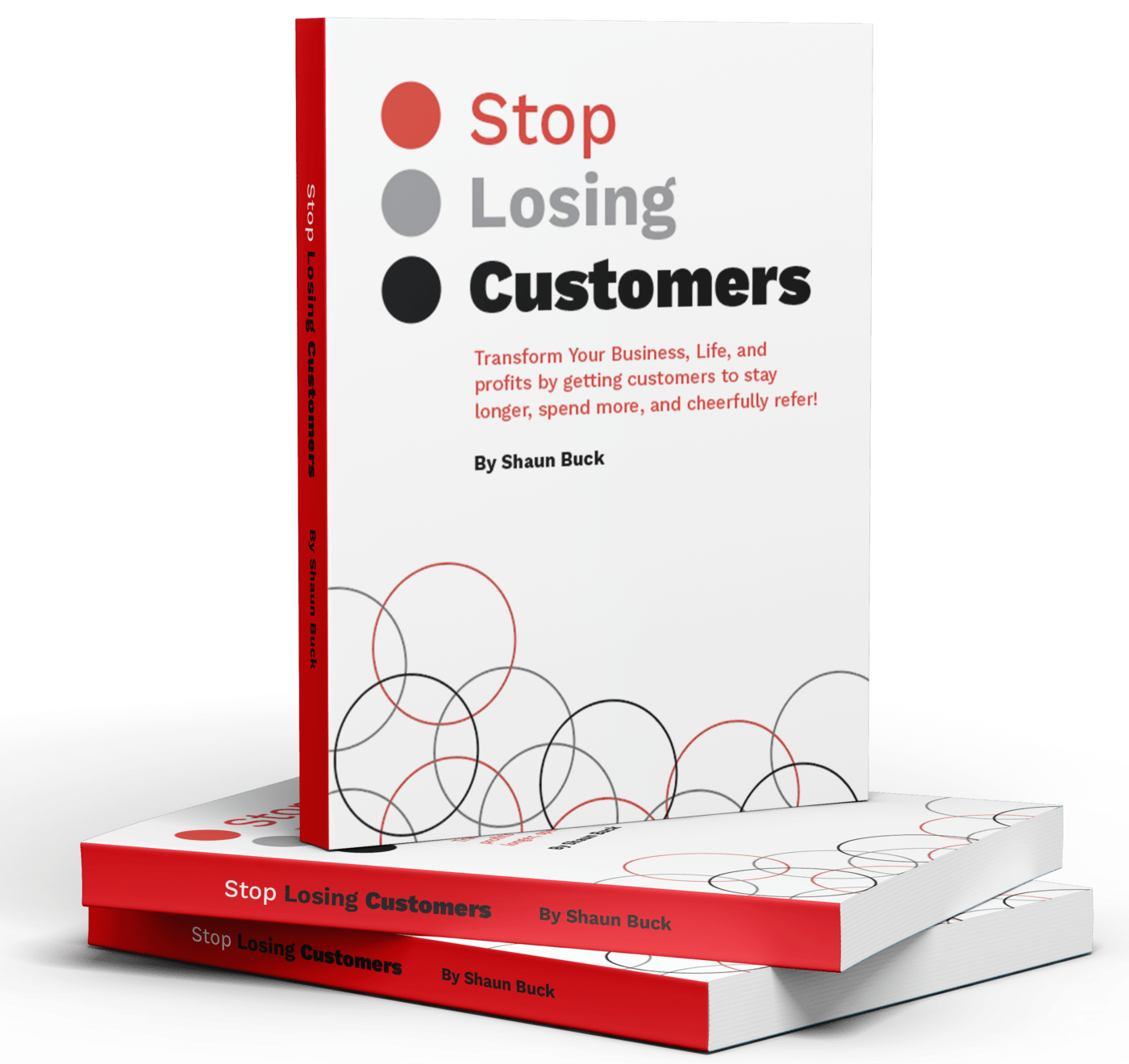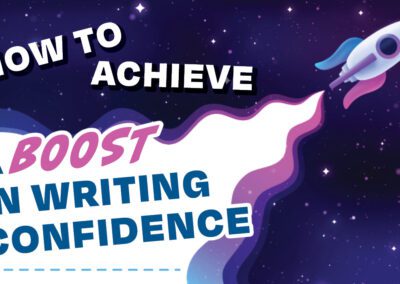The internet has become an integral part of modern life. It has changed the way we communicate, shop, and even how we think. It has also become a powerful tool for businesses to reach potential customers and build relationships with them. As a result, content creation has become an essential part of digital marketing strategies. Content creation can include everything from blog posts and articles to visuals and videos.
Content creation is not only important for businesses, but it can also be a great way to engage with your audience. By creating content that resonates with your target audience, you are able to establish yourself as an authority in your field and build trust with them. Content creation can also help you create relationships with influencers who can help spread the word about your business.
Content creation is a great way to get people interested in what you have to offer. However, it’s important to consider the type of content that will work best for your business. In this article, we will explore some of the different types of content that can be created and how they can benefit your business. We will discuss visuals and videos, controversial topics, expert opinions, how-to’s and tutorials, and more.
Content creation is an effective way to engage with customers, build trust, and promote products and services. Visuals, videos, controversial topics, expert opinions, how-to’s and tutorials are all types of content that can be used to reach potential customers and establish authority.
Visuals and Videos
Videos and visuals are an important part of any content strategy, as they help to engage the reader and can be used to explain complex topics or concepts. Visuals can also be used to break up long blocks of text, making them easier to digest. When creating visuals and videos for a content strategy, there are several things to consider.
Creating Visuals
When creating visuals for a content strategy, it is important to ensure that they are relevant to the topic being discussed. Images should be chosen that are high quality and visually appealing, as this will help to draw the reader in. Additionally, it is important to consider the size of the images; larger images may take longer to load on a website, which could cause readers to leave before they have had a chance to read your content.
It is also important to make sure that all images used are properly attributed. This means including the name of the photographer or artist who created the image, as well as any copyright information that may be required. Failure to do so could result in legal action being taken against you or your company.
Creating Videos
Videos are another great way of engaging with readers and providing them with valuable information about a particular topic. When creating videos for a content strategy, it is important to ensure that they are relevant and interesting for viewers. It is also important that videos are kept short; if they are too long then viewers may become bored or lose interest before reaching the end.
In addition, it is important to think about how videos will be hosted; some companies may choose to host their own videos on their website while others might opt for third-party platforms such as YouTube or Vimeo. Whichever option you choose, make sure that you optimize your videos for search engine optimization (SEO) so that they can easily be found by potential viewers.
Finally, it is important to ensure that all videos include captions or subtitles so that people who cannot hear them can still understand what is being said in the video. This will help make sure that everyone has access to your content regardless of their hearing ability or language skills.
Overall, visuals and videos can be an effective way of engaging with readers and providing them with valuable information about a particular topic when used correctly within a content strategy. By following these tips when creating visuals and videos for your content strategy, you can ensure that your readers have an enjoyable experience when engaging with your content.
Videos and visuals engage readers, break up text, and explain complex topics. Quality, size, attribution, relevance, length, hosting, and captions are key considerations when creating visuals and videos for a content strategy.
Controversial Topics
When it comes to content creation, controversial topics can be a great way to engage viewers and spark meaningful conversations. Controversial topics can range from politics, religion, current events, and other hot-button issues. While these topics can be difficult to discuss in person, they can be beneficial when presented in an online format.
When creating content about controversial topics, it is important to remain unbiased and present both sides of the argument. It is also important to ensure that all information is factual and sourced properly. Additionally, it is essential to create an environment where respectful dialogue can take place without fear of judgement or trolling.
Researching Controversial Topics
Before diving into a controversial topic, it is important to do extensive research on both sides of the issue. This will help you gain a better understanding of the subject matter and make sure that your content is accurate and informative. Research should include reading articles, watching videos, listening to podcasts, and speaking with experts on the topic.
Presenting Controversial Topics
Once you have done your research on the topic at hand, it’s time to start creating content around it. When presenting controversial topics online, it is important to be mindful of how you present them as well as who your audience might be. For example, if you are creating content for children or teenagers then you may want to avoid certain language or graphic imagery that could be deemed inappropriate for their age group. Additionally, if you are creating content for adults then you may want to include more mature language or complex concepts that would appeal to this demographic.
Overall, when dealing with controversial topics online it is important to remain objective and provide accurate information while also being respectful of other people’s opinions and beliefs. By doing so, you can create engaging content that will help foster meaningful conversations about difficult subjects without resorting to trolling or hate speech.
Expert Opinions
Including expert opinions in your content can help to establish credibility and authority. It helps to provide readers with different perspectives on a topic, as well as giving them the opportunity to learn from industry professionals. Expert opinions are also great for providing evidence and research-backed information that can give readers more confidence in the content they are consuming.
Finding Experts
When looking for experts to include in your content, start by researching who is already talking about the topic you’re writing about. Look for people who have written books or articles on the subject, and those who have appeared on podcasts or given lectures related to it. You can also search online for relevant conferences, trade shows, and other events where experts might be speaking. Once you’ve identified potential experts, reach out to them via email or social media and ask if they would be willing to contribute their thoughts to your article.
Interviewing Experts
Once you’ve found an expert who is willing to talk with you about a topic, it’s important to prepare for the interview properly. Research the individual beforehand so you know what topics they specialize in and what questions would be best suited for them. During the interview, make sure to ask open-ended questions that allow the expert to elaborate on their thoughts and experiences. If possible, record the conversation so that you can refer back to it later when writing up your article.
Citing Sources
When citing sources in an article, always make sure that you give credit where credit is due by including links back to any websites or publications mentioned by the expert during your interview. This will help readers find additional information on the topic should they wish to do so, while also helping boost SEO rankings for both your website and any other sites mentioned in your content.
By incorporating expert opinions into your content creation strategy, you can create engaging pieces of content that offer valuable insight into a particular subject matter while also establishing yourself as an authoritative source of information within your niche.
How-To’s and Tutorials
The internet is a great resource for learning how to do things, and providing tutorials and how-to’s is a great way to help people learn. How-to guides are especially helpful for those who are just starting out with something or need some extra guidance on the basics. Tutorials can also be useful for more advanced users who want to learn new techniques or hone their skills.
Creating How-To Guides
When creating a how-to guide, it’s important to be as detailed as possible. Start by breaking down the process into easy-to-follow steps that anyone can follow. Make sure to include all the necessary information such as tools or materials needed, any safety considerations, and any special instructions that may be required. It’s also important to use language that is clear and easy to understand so that readers can easily follow along.
Creating Tutorials
Tutorials should focus on teaching specific techniques or processes in detail. They should provide step-by-step instructions on how to complete a task, as well as tips and tricks for achieving better results. It’s also important to provide visuals such as screenshots or videos so that readers can easily follow along with the tutorial. Additionally, it’s helpful to provide links to other resources or additional reading material where readers can find more information if needed.
Conclusion
Providing how-to guides and tutorials is an excellent way to help people learn new skills or refine existing ones. When creating these types of content, it’s important to be as detailed and comprehensive as possible so that readers can easily understand and follow along with the instructions provided. With the right approach, you can create content that will help your readers become experts in their field!
How-to guides and tutorials are great resources for learning new skills and refining existing ones. Clear instructions and visuals help readers follow along. Links to resources provide more information.
Conclusion
The use of visuals and videos in content marketing has become an essential part of any successful strategy. Visuals can be used to convey a message quickly and effectively, while videos allow marketers to engage their audience in a more interactive manner. Additionally, controversial topics and expert opinions can be used to attract attention and spark conversations, while how-to’s and tutorials can provide helpful information for viewers.
Overall, visuals, videos, controversial topics, expert opinions, and how-to’s are all powerful tools that can help marketers create compelling content that resonates with their target audience. As such, it is important for marketers to understand the importance of each of these elements when creating content. By leveraging these elements effectively, marketers can ensure that their content will be engaging and effective at capturing the attention of their desired audiences.






